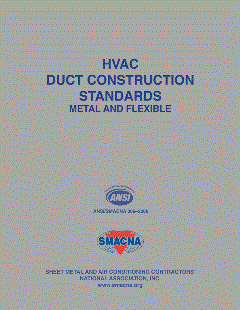The new standards are anticipated to save approximately 1.035 quads (quadrillion (1015) Btu of energy from 2012 to 2042. This is equivalent to all the energy consumed by more than five million American households in a single year.
By 2042, DOE expects the energy savings produced from the standards to eliminate the need for approximately 0.7 new 1,000-megawatt power plants.
According to DOE, the department determined that energy conservation standards for these types of equipment would result in significant conservation of energy, are technologically feasible, and economically justified.
DOE also stated that the economic impact on commercial consumers, or average life-cycle cost (LCC) savings, is positive for all equipment classes. For example, currently available remote condensing vertical open equipment operating at medium temperatures, semi-vertical equipment with those same characteristics, and vertical closed equipment with transparent doors and operating at low temperatures — three of the most common types of commercial refrigeration equipment — typically have installed prices of $8,065, $7,470, and $12,584, and annual energy costs of $1,879, $1,413, and $2,249, respectively. To meet the new standards, DOE estimates the installed prices of such equipment will be $8,601, $7,905, and $15,097, respectively, an increase of $536, $435, and $2,513. This price increase will be offset by annual energy savings of about $331, $234, and $977.
Using a real corporate discount rate of 11.5 percent, DOE estimates the Industry Net Present Value (INPV) of the commercial refrigeration equipment industry to be $540 million. DOE expects the impact of today’s standards on the INPV of manufacturers of commercial refrigeration equipment to be a loss of 7.29 percent to 27.35 percent. Based on DOE’s interviews with manufacturers of commercial refrigeration equipment, DOE expects minimal plant closings or loss of employment as a result of the standards.
Energy savings will result in cumulative greenhouse gas emission reductions of approximately 52.6 million tons of carbon dioxide, or an amount equal to that produced by approximately 332,500 cars every year.
Additionally, the standards will help alleviate air pollution by resulting in between approximately 3.64 and 89.97 kilotons of cumulative nitrogen oxide emission reductions and between approximately 0 and 1.38 tons of cumulative mercury emission reductions through 2042. To view the full DOE report, visit http://1.usa.gov/zmk8CY.
Publication date: 01/30/2012





